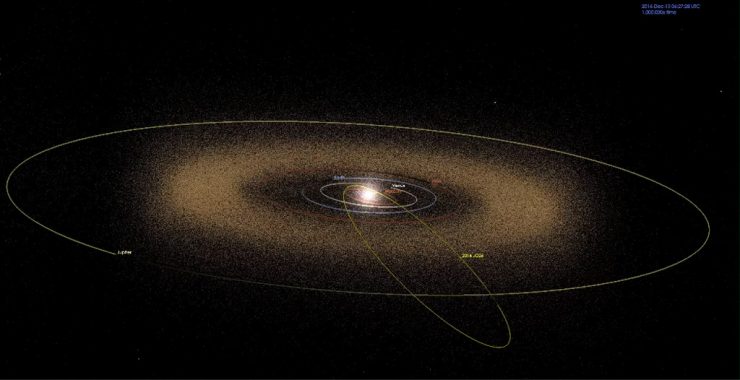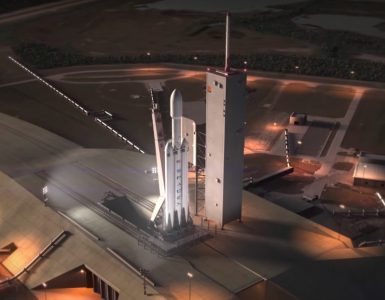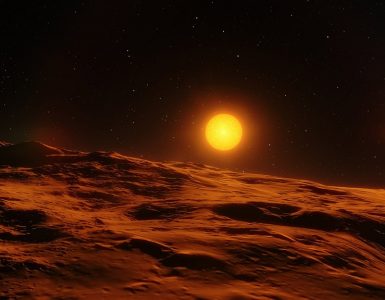Stargazers and astronomers from around the globe have something to look forward to and get excited about because on April 19th the asteroid known as 2014 JO25 will be passing very close to Earth. The asteroid is 2000 feet or 650 meters across and has double the reflective capability of the moon. This asteroid was documented by astronomers at the Catalina Sky Survey (CSS) near Tucson, Arizona in 2014.
It will be the biggest asteroid to come so close to earth in the last 13 years. Not much is known about this particular asteroid except for its size and orbit. But its close approach to Earth would give scientists the opportunity to learn more about it. At its closest point, the asteroid will be about 1.8 million km away from Earth and it can be clearly seen with a small telescope. This is the closest that this asteroid has come to Earth in the last 400 years and it will not be coming any closer in the next 500 years.
Asteroids are very common, but that said, most asteroids are very small and hardly warrant much attention. 2014 JO25 is one of the rare breed of bigger asteroids. The last time a big asteroid came rolling by Earth was in 2004 when 4179 Toutatis, came within about four lunar distances. The next such event will occur in 2027 when 800-meter-wide 1999 AN10 will come within one lunar distance of Earth.
Astronomers have much to be excited about; they will want to find out the asteroid’s rotation rate as they measure the changes in brightness as it travels through the sky. The asteroid is moving quite fast as it will be covering about half the sky in half an hour. That is fast enough to see the movement in real time through a backyard telescope. NASA is all set to learn more about the composition of the asteroid. They will be using Reflectance spectroscopy for this purpose. NASA will also use Radar images to learn more about the shape, rotation rate and other surface details about 2014 JO25.





















